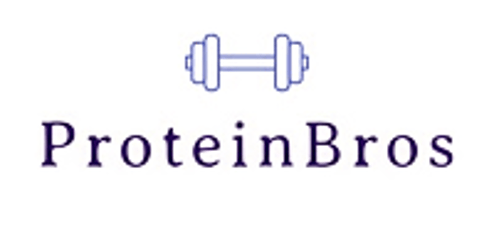The Best Lifting Accessories Every Gym Enthusiast Needs: Essential Gear for Optimal Performance
Gym enthusiasts know that the right accessories can make or break a workout. From enhancing performance to preventing injuries, certain tools are essential for maximizing lifting sessions. The best lifting accessories every gym-goer needs include weightlifting belts, wrist wraps, knee sleeves, and resistance bands. Learn more here!
12/28/20247 min read
Gym enthusiasts know that the right accessories can make or break a workout. From enhancing performance to preventing injuries, certain tools are essential for maximizing lifting sessions. The best lifting accessories every gym-goer needs include weightlifting belts, wrist wraps, knee sleeves, and resistance bands.
These items provide crucial support and stability during heavy lifts. A quality weightlifting belt helps maintain proper form for squats and deadlifts. Wrist wraps offer extra stability for pressing movements. Knee sleeves reduce strain on the joints during leg exercises.
Resistance bands are versatile tools that can be used for warm-ups, assistance work, and mobility exercises. Investing in these key accessories allows lifters to train safely and effectively while pursuing their strength goals.
Essential Lifting Accessories for Stability and Support
Weightlifting belts, knee sleeves, and wrist wraps provide crucial support for serious lifters. These accessories enhance stability and reduce injury risk during heavy lifts.
Weightlifting Belts
Weightlifting belts offer vital core support during squats, deadlifts, and overhead presses. They help lifters maintain proper form and protect the lower back.
Quality belts are typically made of leather or nylon. Leather belts provide maximum rigidity, while nylon offers more flexibility.
Belt width ranges from 2.5 to 4 inches. Wider belts offer more support but may restrict movement. Powerlifters often prefer 4-inch belts, while Olympic lifters opt for narrower options.
Proper belt positioning is crucial. Place it around your midsection, covering your navel and lower back. Tighten it enough to create abdominal pressure when bracing.
Knee Sleeves
Knee sleeves compress and warm the joint, enhancing stability during squats and leg presses. They reduce pain and improve performance for lifters with knee issues.
Neoprene is the most common material for knee sleeves. Thickness varies from 3mm to 7mm, with thicker sleeves providing more support and warmth.
Choose the right size for optimal compression without restricting blood flow. Sleeves should fit snugly but not cut off circulation.
For maximum benefit, pull knee sleeves up to cover the entire kneecap and part of the thigh. This positioning ensures proper support and compression.
Wrist Wraps
Wrist wraps stabilize the wrist joint during heavy pressing movements like bench press and overhead press. They help maintain proper form and prevent wrist hyperextension.
Cotton, nylon, and elastic blends are common materials for wrist wraps. Length typically ranges from 12 to 36 inches, with longer wraps offering more support.
Wrap tightness is key. Secure them snugly around the wrist, but avoid cutting off circulation. Adjust tightness based on the weight being lifted.
Some lifters prefer wraps with thumb loops for easier application. Others opt for Velcro closures for quick adjustments between sets.
Grip Enhancement Gear
Effective grip is crucial for maximizing lifting performance and safety. The right gear can significantly improve your hold on weights, allowing for heavier lifts and better control.
Lifting Straps
Lifting straps are essential for exercises that challenge grip strength, like deadlifts and heavy rows. They wrap around the wrists and bar, reducing the load on your fingers and allowing you to focus on the targeted muscle groups.
Cotton straps offer comfort and affordability, ideal for beginners. Leather options provide durability and a secure grip, suitable for advanced lifters. Nylon straps balance strength and flexibility, making them versatile for various exercises.
When using straps, proper technique is crucial. Loop them around the bar, then wrap them tightly around your wrists. This creates a secure connection between your arms and the weight.
Chalk and Chalk Alternatives
Chalk is a classic grip enhancer used by powerlifters and gymnasts alike. It absorbs sweat and improves friction between hands and equipment, reducing slippage during heavy lifts.
Traditional powdered chalk is effective but can be messy. Liquid chalk offers a cleaner alternative, drying quickly on the skin and leaving less residue on equipment. It's ideal for gyms that prohibit loose chalk.
Rosin is another option, often used in combination with chalk. It creates a tacky surface, enhancing grip on bars and dumbbells. Some lifters prefer rosin for its long-lasting effect compared to chalk alone.
Grip Gloves
Grip gloves provide protection and enhanced traction for weightlifting. They're particularly useful for those with sensitive skin or during high-volume training sessions.
Fingerless designs allow direct contact with the bar while protecting the palm. Full-finger gloves offer complete hand coverage but may reduce tactile feedback. Look for gloves with reinforced palms and breathable materials for comfort during long workouts.
Silicone or rubber grips on the palm area increase friction, improving hold on various equipment. Some gloves feature wrist wraps for additional support during heavy lifts.
While gloves can be beneficial, they may slightly increase the effective diameter of the bar. This could affect grip strength development over time, so some lifters use them selectively.
Protective Equipment
Protective gear is essential for weightlifters to prevent injuries and enhance performance. These accessories shield vulnerable body parts during intense training sessions.
Elbow Sleeves
Elbow sleeves provide compression and support to the elbow joint, reducing strain during heavy lifts. They help maintain proper form and alignment, especially during exercises like bench presses and overhead presses.
Made from neoprene or similar materials, elbow sleeves offer warmth to the joint, promoting blood flow and flexibility. This can decrease the risk of tendonitis and other elbow-related injuries.
Some elbow sleeves feature additional padding on pressure points for extra protection. They come in various sizes and thicknesses to suit different lifting needs and preferences.
Shin Guards
Shin guards protect the lower legs during exercises like deadlifts and power cleans. They prevent scrapes, bruises, and cuts that can occur when the barbell makes contact with the shins.
These guards are typically made of durable materials such as neoprene or reinforced fabric. Some models incorporate foam padding or plastic inserts for additional impact absorption.
Shin guards often feature adjustable straps for a secure fit. They're designed to be lightweight and non-restrictive, allowing for full range of motion during lifts.
Many lifters find that shin guards boost their confidence, enabling them to focus on proper form without worrying about shin injuries.
Recovery Accessories
Recovery accessories play a crucial role in helping gym enthusiasts bounce back from intense workouts. These tools aid in reducing muscle soreness and improving flexibility.
Foam Rollers
Foam rollers are cylindrical tools used for self-myofascial release. They come in various densities and textures to suit different needs. Smooth rollers are ideal for beginners, while textured ones target deeper tissues.
Using a foam roller before and after workouts can help improve blood flow and reduce muscle tension. Regular use may lead to increased range of motion and decreased recovery time between training sessions.
To use a foam roller effectively, slowly roll the targeted muscle group for 30-60 seconds. Focus on areas that feel tight or sore. Common areas to roll include the back, quadriceps, hamstrings, and calves.
Massage Guns
Massage guns are handheld devices that deliver rapid percussive therapy to muscles. They typically come with interchangeable heads for targeting different body parts and muscle groups.
These devices can help reduce muscle soreness, improve blood flow, and enhance recovery after intense workouts. Many athletes and fitness enthusiasts use them before and after training sessions.
Massage guns offer adjustable speed settings to accommodate varying needs. Lower speeds are suitable for sensitive areas, while higher speeds can target deeper muscle tissue.
When using a massage gun, glide it over muscles for 1-2 minutes per area. Avoid staying in one spot for too long and don't apply excessive pressure. Focus on large muscle groups like the quads, glutes, and back.
Functional Gear for Enhanced Performance
Proper equipment can significantly boost workout efficiency and results. The right gear provides stability, protection, and improved technique during lifts and exercises.
Weightlifting Shoes
Weightlifting shoes feature a raised heel and solid base, offering crucial support for heavy lifts. The elevated heel allows for deeper squats and better form in Olympic lifts. These shoes have a non-compressible sole, typically made of wood or hard plastic.
The rigid construction prevents energy loss during lifts, maximizing power transfer from the ground up. Many models include a metatarsal strap for added lateral stability. Weightlifting shoes come in various heel heights, usually ranging from 0.5 to 1 inch.
Athletes should choose a heel height that complements their body structure and lifting style. Proper fit is essential - shoes should be snug but not restrictive.
Gymnastics Grips
Gymnastics grips protect hands during pull-ups, muscle-ups, and other bar work. They reduce friction and prevent calluses and tears, allowing for longer training sessions. Grips typically consist of leather palm protection attached to wrist straps.
Material options include leather, synthetic leather, or fabric. Two-hole grips offer more wrist flexibility, while three-hole designs provide extra stability. Proper sizing is crucial for optimal performance and safety.
Grips require a break-in period to conform to the user's hand shape. Regular maintenance, including chalk removal and occasional oiling, extends their lifespan. Some athletes prefer dowel grips for enhanced grip strength on thicker bars.
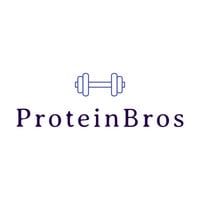


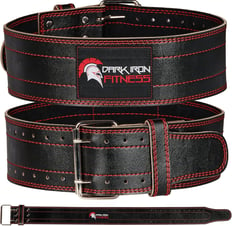
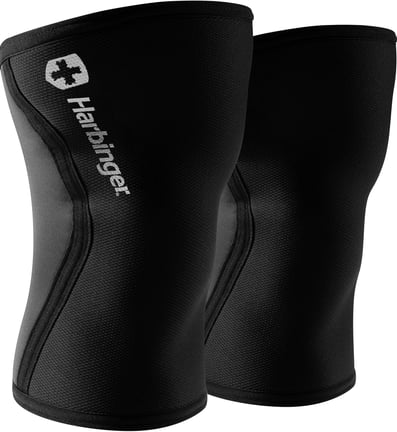

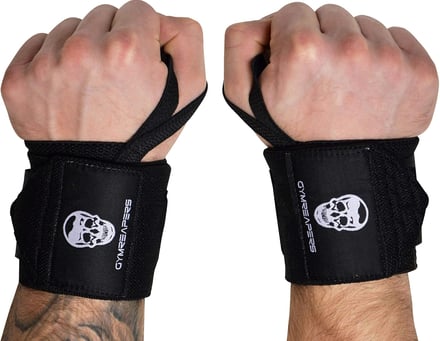

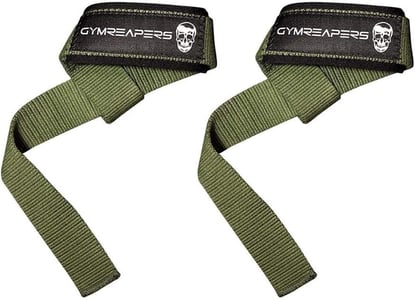

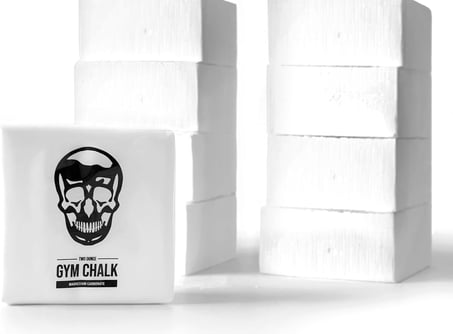

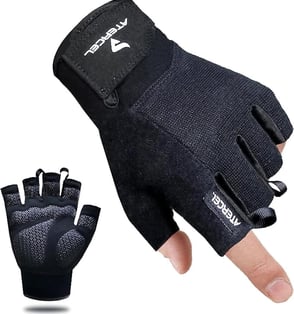

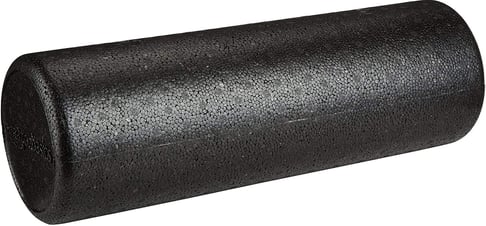

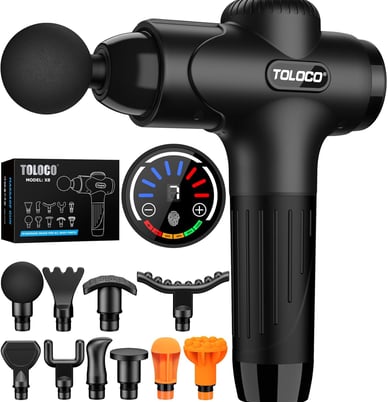

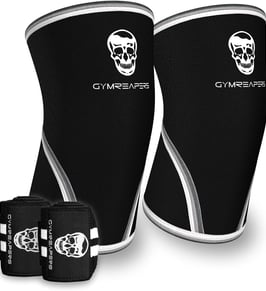

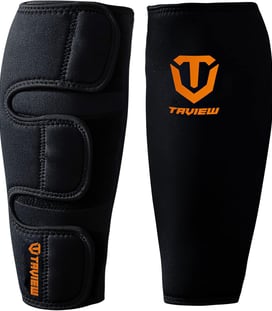

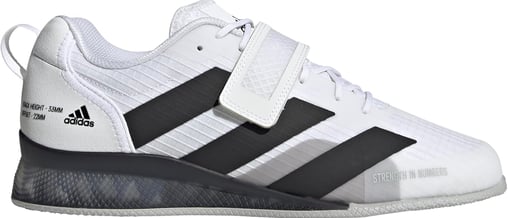

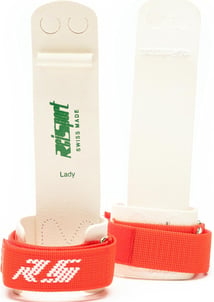

Additional info
Social media coming soon!
Contact us
Newsletter coming soon!
© 2024. All rights reserved.
